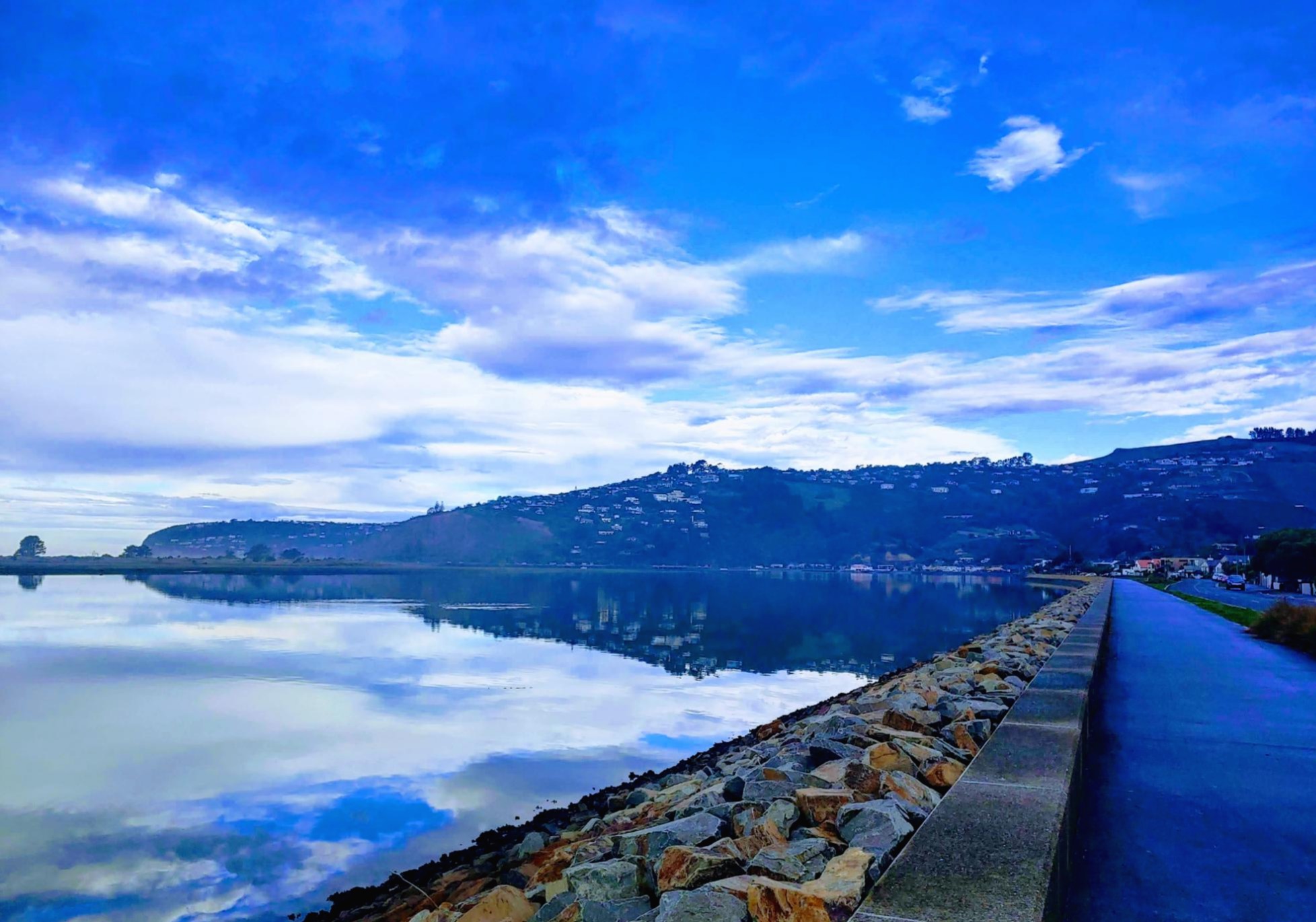| 일 | 월 | 화 | 수 | 목 | 금 | 토 |
|---|---|---|---|---|---|---|
| 1 | ||||||
| 2 | 3 | 4 | 5 | 6 | 7 | 8 |
| 9 | 10 | 11 | 12 | 13 | 14 | 15 |
| 16 | 17 | 18 | 19 | 20 | 21 | 22 |
| 23 | 24 | 25 | 26 | 27 | 28 | 29 |
| 30 |
- Gerry Rafferty
- Draw The Line
- Gary Moore
- Still In Love With You
- Yes
- Steve Morse Band
- UFO
- Under A Mediterranean Sky
- 게리무어
- Crosby & Nash
- Steve Hackett
- Boogie No More
- Thick As A Brick
- Living In The Fast Lane
- On With The Show
- Misplaced Childhood
- Clutching At Straws
- Ennio Morricone
- Quicksilver Messenger Service
- Dreams I'll Never See
- Economist
- Flirtin' With Disaster
- David Crosby
- Queen
- 이코노미스트
- Spectral Mornings
- Thin Lizzy
- 씬리지
- Golden Earring
- Molly Hatchet
- Today
- Total
Point of Entry
[Birds Of The Estuary] Oystercatcher-Hungry bird eats night and day 본문
[Birds Of The Estuary] Oystercatcher-Hungry bird eats night and day
Tea for two 2020. 6. 7. 09:10Tanya Jenkins is the manager of the Avon-Heathcote Estuary Ihutai Trust, a non-profit organisation formed in 2002 to protect one of New Zealand's most important coastal wetlands. Each week she introduces a new bird found in the estuary. Her column aims to raise the understanding of the values and uniqueness of the area.

The black oystercatcher or toreapango with its bright orange bill, red eye and orange eye ring is the "cousin' of the pied oystercatcher, which are black and white. They are only found in New Zealand adding to the importance of a healthy estuary to ensure their survival.
Like its cousin, this ever-hungry bird, eats day and night and can be seen on the mudflats busily 'jogging to and fro' looking for cockles, crabs and marine worms.
Having adapted somewhat to our urban environment it also feeds on earthworms and grubs in the Linwood Paddocks and the McCormacks Bay sport field.
They like their nest simple; making a small indent in dirt, dunes or on the beach among a few sticks or a little vegetation. This method makes eggs and chicks extremely easy victims from human activities such as walkers, four-wheel-drive vehicles and motor-cycles. They will try to defend their nest fiercely though, so if you see a pair of black oystercatchers running around erratically or even flying up in the air just above you making a lot of noise, then know that they are protecting eggs or chicks - so please, walk away and stay well clear of them.
Last year just over 130 of these birds have been counted in and around our estuary which, like with many other bird species in and around our estuary, is a vast number of the entire world population.
Sadly, numbers are declining, so how can we help these birds thrive? Keep dogs on the lead when walking near the estuary as to not disturb them while feeding or resting.
Do not gather shellfish from the mudflats as we need to ensure large numbers of cockles are present for the birds. Gathering also disturbs the birds from feeding.

